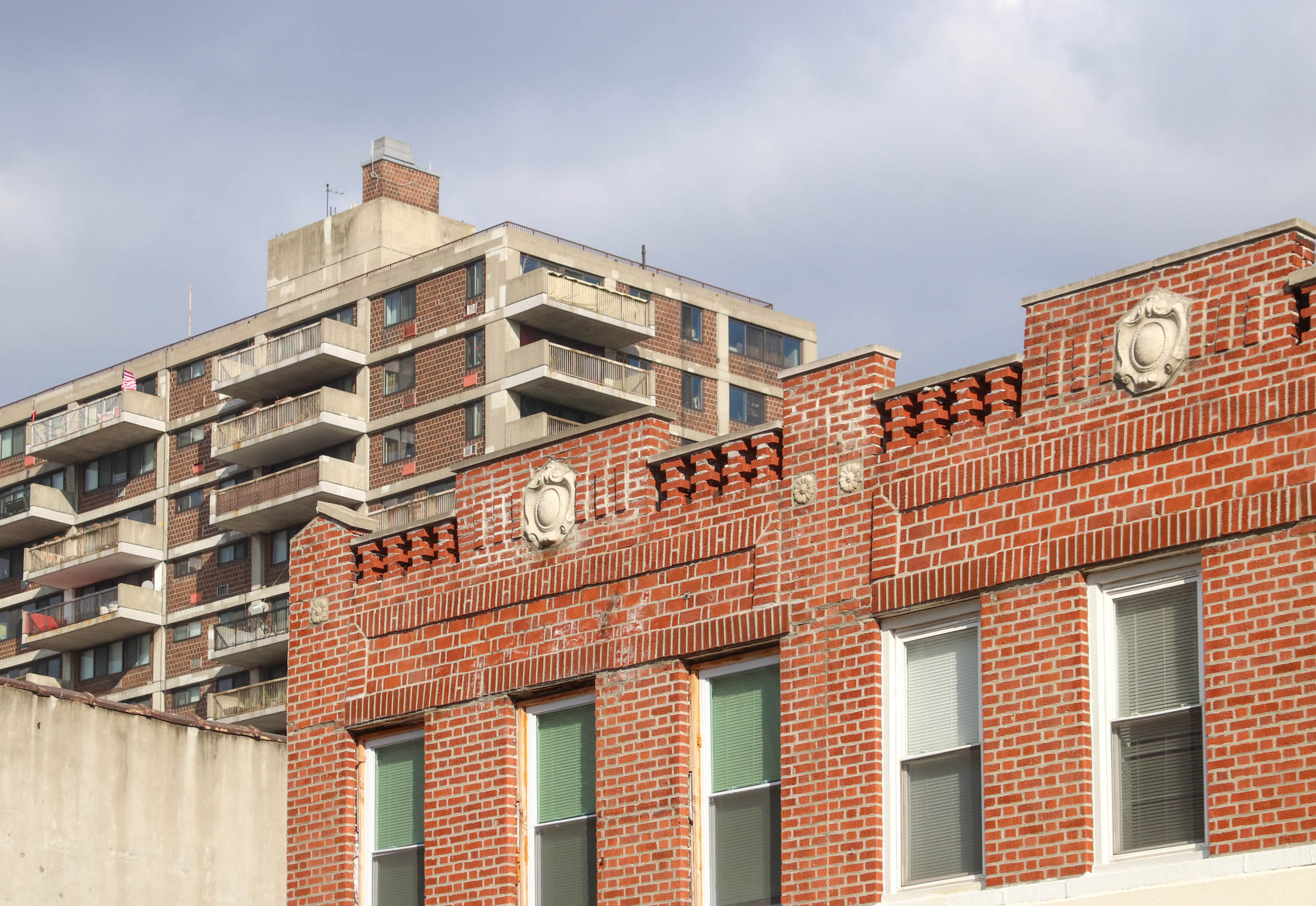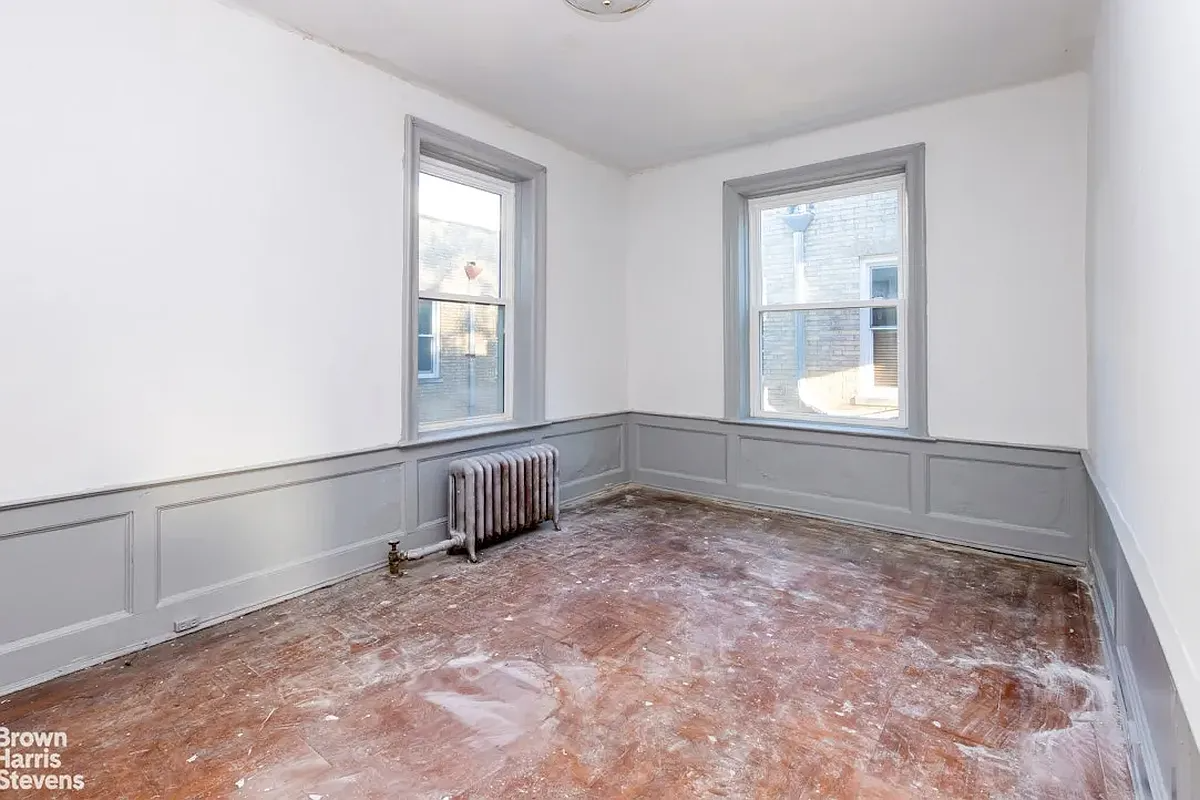Friday Links: Hillary Clinton Stops in Brooklyn
De Blasio’s Rezoning Plan Spurs Anxiety Among Those It’s Meant to Help [NY Times] Want a Green Card? Invest in Real Estate Such as Atlantic Yards [NY Times] Hillary Clinton Makes First Visit to Brooklyn Since Announcing Campaign [NY Times] Downtown Brooklyn Tees up for Miniature Golf Course [NY Post] Dramatic Park Slope Mansion on the…

De Blasio’s Rezoning Plan Spurs Anxiety Among Those It’s Meant to Help [NY Times]
Want a Green Card? Invest in Real Estate Such as Atlantic Yards [NY Times]
Hillary Clinton Makes First Visit to Brooklyn Since Announcing Campaign [NY Times]
Downtown Brooklyn Tees up for Miniature Golf Course [NY Post]
Dramatic Park Slope Mansion on the Market for $11.6 Million [NY Daily News]
Brooklyn Rents Hit an All-Time Record High in April [NY Daily News]
Brooklyn Dean Who Died in Amtrak Crash Is Remembered for Helping Those in Need [WSJ]
Architect Jared Della Valle Calls a Brillo Warehouse Home [WSJ]
DA: Fraudsters Stole Nine Buildings In Brooklyn and Queens From Absentee Owners [Gothamist]
Facade Finally Rising at Williamsburg Whole Foods [Gothamist]
Greene Grape Scoops Will Open in Former Annex Space at 680 Fulton Street [Fort Greene Focus]
Revealed: 88 South 6th Street, Williamsburg [NYY]
Hello Living Plans 10-Story Rental Building in Bed Stuy [TRD]
Burke Leighton Doubles Money With $44 Million Sale of Crown Heights Rental [TRD]
Fertilizer Billionaire Planning to Build Hotel in Brooklyn [TRD]
City Picks Site for New Elementary and Middle School in Atlantic Yards [DNA]
Door on Thomas Boyland Street in Ocean Hill.
Brownstoner on Instagram
Photo by Cate Corcoran





thank you for posting the link to the NY Times article on anxiety among those affected by De Blasio’s proposed re-zoning plan. Everyone should see that this is simply another giveaway to developers. the Jacobin Magazine has a very revealing article on this with good statistics. Here is an excerpt:
“Inclusionary zoning is a fatally flawed program. It’s not just that it doesn’t produce enough units, or that the apartments it creates aren’t affordable, though both observations are undeniably true. The real problem with inclusionary zoning is that it marshals a multitude of rich people into places that are already experiencing gentrification. The result is a few new cheap apartments in neighborhoods that are suddenly and completely transformed.
De Blasio wants to use inclusionary zoning to create sixteen thousand apartments for families making $42,000. That’s just 3 percent of the need for such apartments in the city today, according to the plan’s own figures. At the same time, the mayor’s policies would build one hundred thousand more market-rate apartments in the same neighborhoods. What will happen when these rich people arrive? Rents in the surrounding area will rise; neighborhood stores will close; more working-class people will be displaced by gentrification than will be housed in the new inclusionary complexes.”